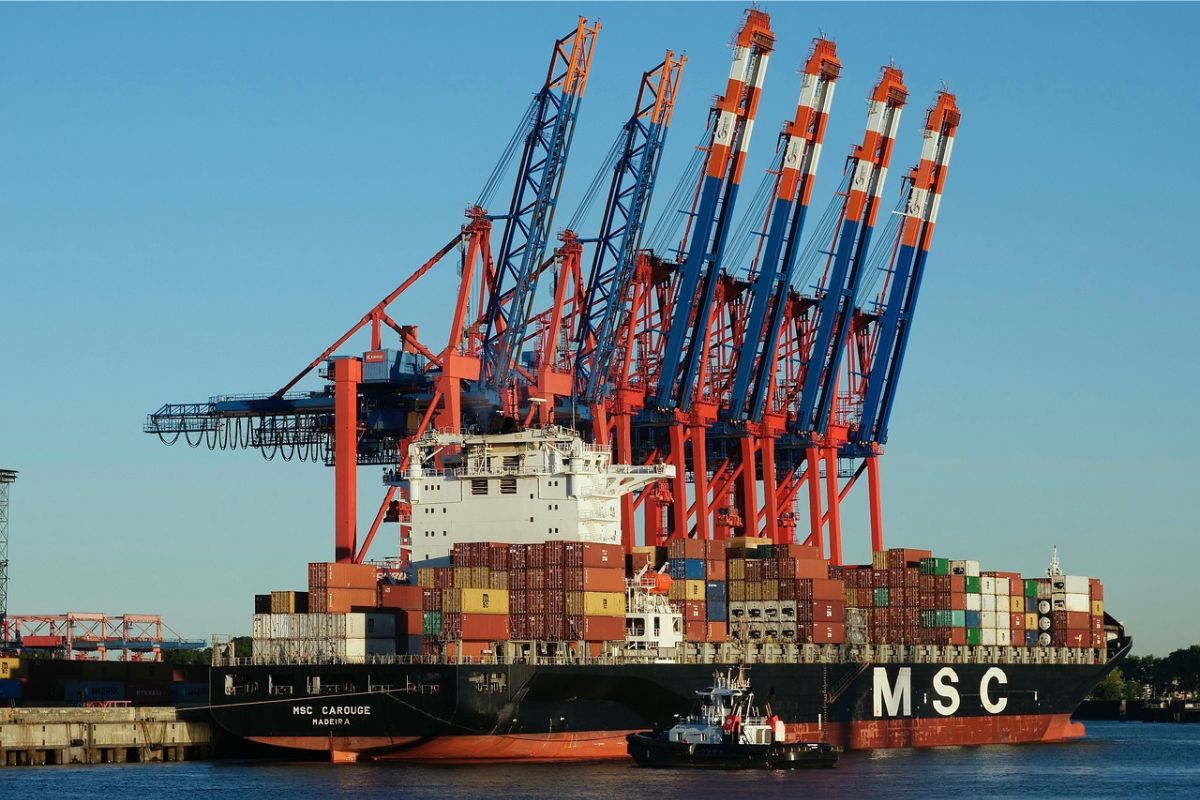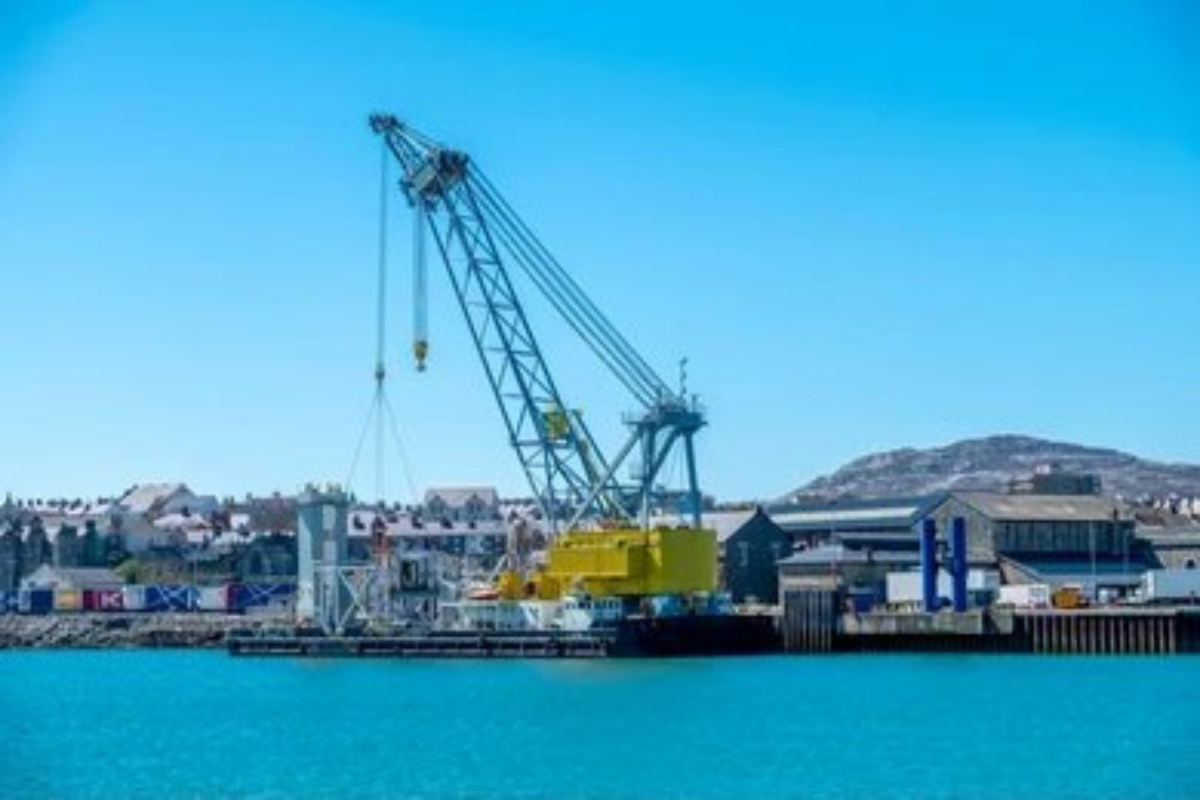Having an extensive knowledge of incoterms is crucial for anyone involved in international trade — the buying and selling of goods across borders. Ocean freight shipping is the most popular and feasible mode of transportation in international trade that heavily depends on a steadfast infrastructure.
Incoterm is a standardized trade term used by traders in contracts. It clarifies the role of both the buyer and seller in this transactional arrangement. For example, the contract establishes which party will bear the cost of the transportation of goods should they get damaged along the way. When both parties understand their responsibility, the process becomes more efficient and compliant.
In this article, we’ll explain what incoterm is in detail and its role in ocean freight shipping and global commerce in general.
What Are Incoterms?
Also known as International Commercial Terms, incoterms is a contractual term in international trade that clarifies the role of all parties involved. It specifies who handles the shipping cost, who handles custom clearance, and so on and so forth. The idea is to add clarity and minimize chances of misunderstanding to make international trade not only more structured, seamless, and well-regulated.
It was standardized by the International Chamber of Commerce (ICC) in 1936. Incoterms are regularly revised to reflect latest political and economical developments to streamline international trade and keep everything transparent.
The role of incoterms in international trade cannot be disputed — not only does it clearly define who is responsible for what in a deal, it also minimizes chances of altercations between the involved parties.
The Role of Incoterms in Ocean Freight Shipping
Distribution Of Responsibilities And Clarity
Incoterms is an essential part of international trade, especially in light of ocean freight shipping. From the loading and unloading of cargo to taking care of custom regulations, there are several tasks involved in ocean freight shipping. This increases chances of misunderstanding, or worse, legal disputes.
Incoterm is a term that clarifies the role of each party; making the process more systemic and easy.
Cost Allocation And Risk Management
Incoterms establish the role of each party, making the allocation of cost wider and simpler. It also effectively handles the financial risks involved.
This way, the party responsible for the payment of transport is well-aware as well as the one responsible for insurance. Should there be any damage along the way, the buyer and seller would know who has to pay for the damaged goods. It makes the process more transparent and the operations more organized.
Negotiations And Execution
Incoterm has a standardized framework that international trade follows. It clearly defines the responsibilities of both buyer and seller, it distributes costs effectively, it handles insurance and mitigates risks, and highlights the terms and conditions of sale itself.
This way, both buyer and seller have a reference point to look into to avoid unnecessary and exhausting discussions, sometimes even legal disputes. When there is a legalized guideline, negotiations become fair and simple.
Overview of Incoterms 2020
Like we mentioned above, incoterms is a contractual trade term that was standardized by the International Chamber of Commerce. Incoterm is an umbrella term that includes 11 rules that both the buyer and seller have to adhere to.
Every rule helps in clarifying and distributing the tasks and costs of the transaction. When everything is clearly defined and legalized by an official authority, the process becomes smoother and transparent.
The rules have been categorized into two groups, based on the different modes of transportation, as per Incoterms 2020.
7 Incoterms 2020 Rules For Any Mode Of Transport:
- EXW — Ex Works
- FCA — Free Carrier
- CPT — Carriage Paid
- CIP — Carriage and Insurance Paid
- DAP — Delivered at Place
- DPU — Delivered at Place Unloaded
- DDP — Delivered Duty Paid
4 Incoterms 2020 Rules Specifically Targeting Ocean Freight Shipping:
- FAS – Free Alongside Ship
- FOB – Free on Board
- CFR – Cost and Freight
- CIF – Cost Insurance and Freight
Incoterms for Ocean Freight Shipping
1. EXW (Ex Works)
Ex Works is essentially clarifying the responsibility of both the seller and the buyer. The seller will fulfill their responsibility by making sure the goods are ready for pickup, and that too, at the decided location. On the other hand, the buyer is bearing all the cost involved in picking up goods from the port and delivering it to their final address.
2. FCA (Free Carrier)
According to FCA, the seller holds the responsibility of the cost of goods until and unless it reaches the location that has been decided by both parties. Here, the seller will ensure the goods are properly loaded and then the responsibility will be handed over to the buyer. From this point, the buyer will assume responsibility for the cost and risks involved in the transportation of goods. Some of the costs include custom clearance and insurance should there be any mishandling or damage to the goods.
3. FAS (Free Alongside Ship)
In light of FAS Incoterms, the cost of goods is landed on the seller till the time he or she gets them delivered to the port and secured next to the vessel. As soon as the goods are placed along the ship, the responsibility is transferred to the buyer. Now they will pay for the transport, customs and insurance should there be any damage.
4. FOB (Free on Board)
According to FOB, the seller will bear all the costs associated with the transport of goods until and unless they are on board and placed right next to the vessel. As soon as the goods are loaded, the responsibility of cost and risks involved will be shifted to the buyer.
5. CFR (Cost and Freight)
CFB signifies that the seller will arrange and make payments for the transport of goods to the agreed-upon location on the port. Once the goods are on board and safely placed, the risk and responsibility of cost is transferred to the buyer.
6. CIF (Cost, Insurance and Freight)
The regulations are the same, however, under CIF the insurance of the goods is covered by the seller.
7. CPT (Carriage Paid To)
Under CPT, the seller is responsible for the payment of carriage. Thus, they will pay for the transport of goods on carriage to the location, decided by both the seller and buyer. The minute it safely reaches the agreed-upon location, the responsibility will be assumed by the buyer.
8. CIP (Carriage and Insurance Paid To)
CPT declares the responsibility of the seller as they are responsible for bearing the cost of transport of goods and carriage. The cost covers insurance money as well, something CPT doesn’t. Once it reaches the agreed-upon location, the responsibility is transferred to the buyer. They will take care of the customs and clearance as well as any cost that may incur during transit.
9. DPU (Delivered at Place Unloaded)
DPU clarifies that the seller is responsible for all the cost that may incur until the goods are unloaded at the predetermined location. After the goods are unloaded, it is the buyer who will take responsibility for the goods from that point onward.
10. DAP (Delivered at Place)
DAP is a rule of incoterms that establishes the responsibility of both buyer and seller. The seller is supposed to bear any cost that may incur until the goods are safely delivered to a predetermined location. Once the goods are delivered to the location, the buyer will handle all the responsibilities; from the cost of custom clearance, export fee, and even insurance should there be any damage before unloading starts.
11. DDP (Delivered Duty Paid)
This rule supports the buyer and how. The seller is bearing most of the cost in this type of agreement — they will bear the cost of duty and taxation until the goods are loaded and ready to ship. The buyer will be receiving goods and will not be paying any duty. They are ready to use, or be delivered to the final destination.
Choosing the Right Incoterm for Your Shipment
Choosing the right Incoterm for your shipment is crucial. Thus, make sure you consider the following factors before you establish which Incoterm is right for you.
Types of Goods:
The type of goods is an important aspect to consider when you’re choosing an Incoterm for your shipment. Are the goods fragile, how much value do they possess, and do they need to be placed in any special temperature — these are essential aspects to keep in mind.
Location Of Buyer And Seller:
Keep in mind the logistics — the distance between locations is also an important determinant.
Cost and risk allocation: There are various Incoterms and each offers a difference in shared responsibility. Thus, you should choose the one that benefits you the most. Do you wish to cover transportation costs along with duties and the heavy taxation? If not, choose the Incoterm that puts that responsibility on the other party.
Negotiation Power And Preferences:
It is absolutely critical that you choose Incoterms that align with your shipment needs.
Practical Implications of Incoterms
When you choose an Incoterm for your shipment, make sure you consider the following implications.
Impact on shipping documentation
There are specific requirements for shipping and you must have those documents to confirm a successful shipment. These documents may include the following:
Commercial invoice:
It must mention the terms and conditions for the sale, like the cost of goods, and taxes. This invoice helps majorly during custom clearance.
Bill of lading:
This certificate is essentially the receipt of the goods. It serves as a proof of the carriage contract. Whoever is responsible for acquiring the bill of lading is dependent on the incoterm you select.
Packing list:
It is the list of content in your container as well as their specification, like the weight, width, dimensions, etc. It comes with special instructions of how to handle the contents of the shipment.
Insurance certificate:
Any cost that may incur during transit of the goods will be paid by either the buyer or the seller. Who has to pay will be dependent on the Incoterm you pick.
Customs clearance and duties
The Incoterm you choose will determine who will bear the cost of custom clearance, shipment fee (export or import), and any other duties or taxation.
Insurance coverage
The type of insurance you choose should align with the insurance coverage mentioned in the Incoterm. For instance, the seller covers the insurance under CIP Incoterm; they must make adequate payment, one that covers the transit for the buyer as well.
Common Mistakes and How to Avoid Them
Misunderstanding responsibilities and risks
Sometimes, you fail to recognize your responsibilities due to the lack of clarification. This makes it difficult for you to navigate trading customs and add higher chances of financial risks. Incoterms are standardized rules that can bring clarity in the entire arrangement and help you avoid misunderstandings.
Incorrectly using or specifying Incoterms in contracts
By not reading and clearly understanding the Incoterms in contracts, you could mislead the other party, causing confusion and financial damage. Therefore, make sure you understand the selected Incoterms to ensure compliance.
Overlooking documentation and compliance requirements
Every Incoterm is crucial and comes with a set of documentation for compliance and order. When you overlook the role of the chosen Incoterm, you can be penalized or cause confusion during the process of buying and selling.
Case Studies and Real-Life Examples
Consider the following example:
A German company wants to sell tanks to a buyer in Switzerland and wants to implement CPT Incoterms. As per CPT, the seller will arrange the transport and pay for its cost. However, when the goods get delivered to the carrier, the risk of loss will be transferred to the buyer.
Now do you understand what this means? It means that if there’s any negligence and the tanks are damaged along the way, the seller wouldn’t have to bear the insurance cost. The CPT Incoterm makes the buyer responsible for the cost. The buyer will be legally bound to pay for the damage.
A common example of Incoterm will be DH. This popular courier service uses the following Incoterms:
FOB (Free on Board)
EXW (Ex-Works)
FCA (Free Carrier)
CFR (Cost and Freight)
CIF (Cost Insurance and Freight)
Conclusion
Having a firm understanding of Incoterms can help you navigate international trade, more specifically, ocean freight shipping. Incoterms is a contractual term that clarifies the role of both the buyer and seller so as to mitigate risks and manage finances. Therefore, make sure that you understand the practical implications of the Incoterm you choose otherwise you could fail to be compliant or cause confusion with the dealers.






